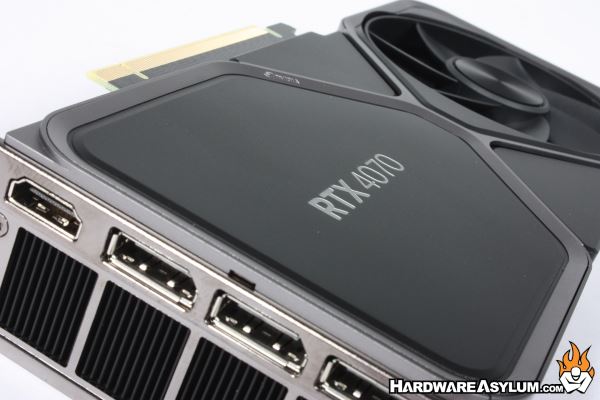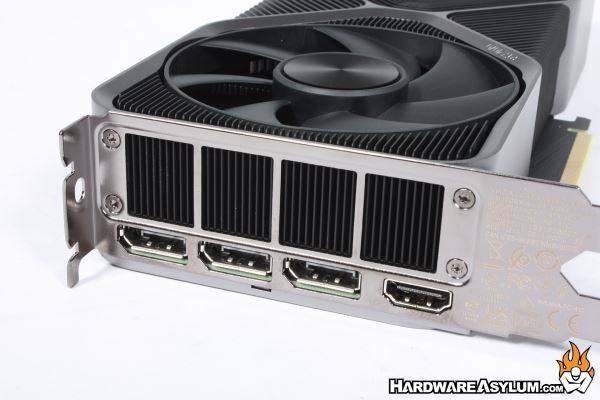NVIDIA RTX 4070 Video Card Review
Author: Dennis GarciaConclusion
In this review we look at the new GeForce RTX 4070 from NVIDIA. This is the first mainstream RTX release in the 40-series and has been designed for 1440p gaming. At a launch price of $599 it is aimed at gamers on a budget who may not have the largest monitors or the fasted computers but, want to take advantage of the latest in NVIDIA Game Ready features including DLSS3.
When it comes to specs, this card is nothing more than a “Baby RTX 4070 Ti” with nearly identical specifications. The only major changes include a reduction in CUDA, Tensor and RT core counts, a reduction in GPU Cache sizes and a general reduction in core clocks both at the GPU and memory level.
The one downside the RTX 4070 has is that it wasn’t released before the RTX 4070 Ti. As some of you may remember, there was an “unlaunching” of the 12GB edition of the RTX 4080 as it was a pointless product. From a specification standpoint it was too powerful for a standard 70-series GPU so, NVIDIA released the RTX 4070 Ti instead. In my opinion, that was a mistake, both from a product launch and product placement.

Founders edition graphics cards all share the same dual fan heatsink design which is super-efficient and takes advantage of the extremely small PCB. Both fans blow in the same direction despite them being on opposite sides of the video card. You will still need the new 12VHPWR power connector but, will have access to the standard quad monitor support and PCI Express 4.0 throughput.
Overclocking on high-end graphics has “always” been very incremental. Old graphics cards were limited by the silicon but when you could get them to overclock every Mhz counted. For modern cards the overclocking process has changed and the clock speeds printed on the box are merely guidelines. From the factory the cards will “boost” to the highest speeds leaving very little room to force the clock speed higher. While NVIDIA claims they support overclocking the actual process is all handled automatically. Basically, if you can keep these cards cool you will enjoy the full effect of Nvidia Boost technology making manual overclocks rather pointless.
In fact, most of the overclocks “you” are doing fall within the normal Boost map which can actually hurt performance. Of course, this wouldn’t be Hardware Asylum without some clock tweaks and I am proud to say that 3000Mhz is attainable and gets you 1000-2000 extra points in 3DMark benchmarks and no discernable framerate improvement in games.

Generally speaking, we (Hardware Asylum / Ninjalane) like to recommend a two-generation upgrade path meaning that if your GPU is over two generations old then it might be time to upgrade. If you are running an RTX 20-Series then it might be time to consider an upgrade so, the question is.. Should you buy the RTX 4070??
In a word. No.
Reason being, there is a perfectly good replacement on the market called the RTX 4070 Ti and is the card you should be saving your money for. It has the power you want and some good legs to carry your build for the next several generations. If budget is a concern, I might recommend waiting for the RTX 4060 or even RTX 4060 Ti as those are the real budget-oriented cards and should be a good match for 1080p style gaming. Just be sure to enable DLSS and enjoy a rather significant boost in performance.
Same Great Cooler Design
Silent Operation
Nice Performance Boost over RTX 30-Series
The Only Way to Play RTX
Designed for 1440p Gaming
The wrong card released at the wrong time
Save your money, buy the 4070 Ti
Requires a power adaptor making cable routing a chore

